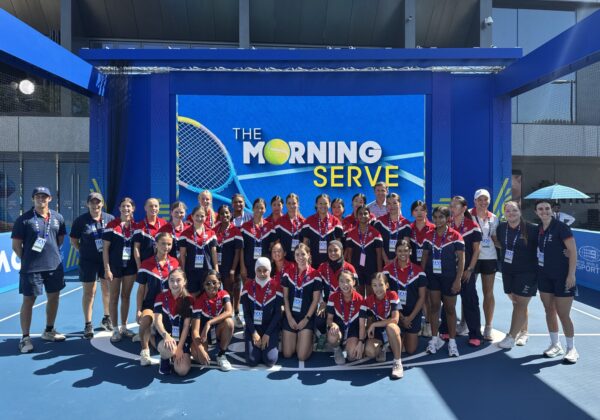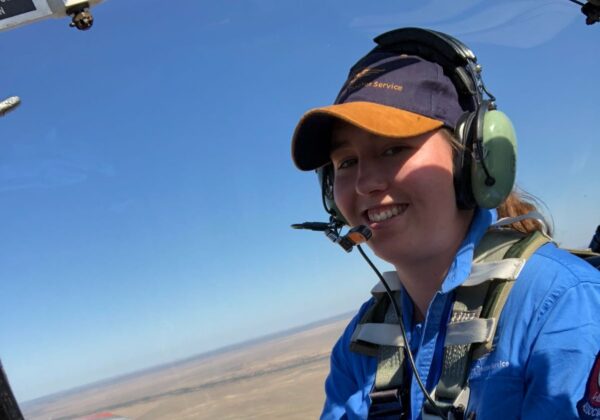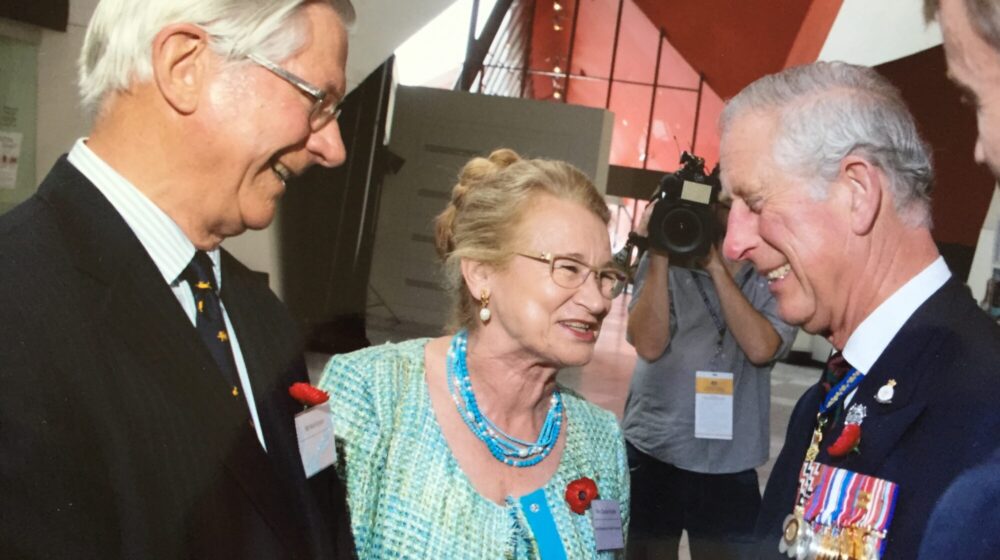
Where are they now? Carolyn Forster OAM (Dent, 1960)
My first education experience was at a one teacher school at Glenhaven near Castle Hill and my strongest recollection of discipline was being hit on the hand for being lefthanded.
I then attended Castle Hill Primary School where there was milk available for the students; this was invariably warm.
After arriving at Pymble things did improve, but travelling from Castle Hill each day involved travel for an hour-and-a-half each way, including a bus, two trains and a ten-minute walk from the station. My mother, June Dent (née Crawford) also attended PLC along with her two older sisters Eleanor and Mary, who also travelled from Castle Hill to school. The train timetable was the same as when my mother attended the school.
Another thing that we shared was the same swimming teacher. Olympic swimmer Mina (Wilhelmina) Wylie, who was a trailblazer in her time. There were many obstacles in the way of women swimmers: nevertheless, both Mina and Fanny Durack won silver and gold medals respectively at the 1912 Olympics.
Mina Wylie taught swimming at Pymble for 42 years including life saving techniques. Both my mother and I achieved Bronze Medallions from the Royal Life Saving Society whilst at school.
I was fortunate to have teachers who were engaging and who ensured that I would have a long-lasting interest in many areas – from geology to hockey – the value of service to the community, and much in between.
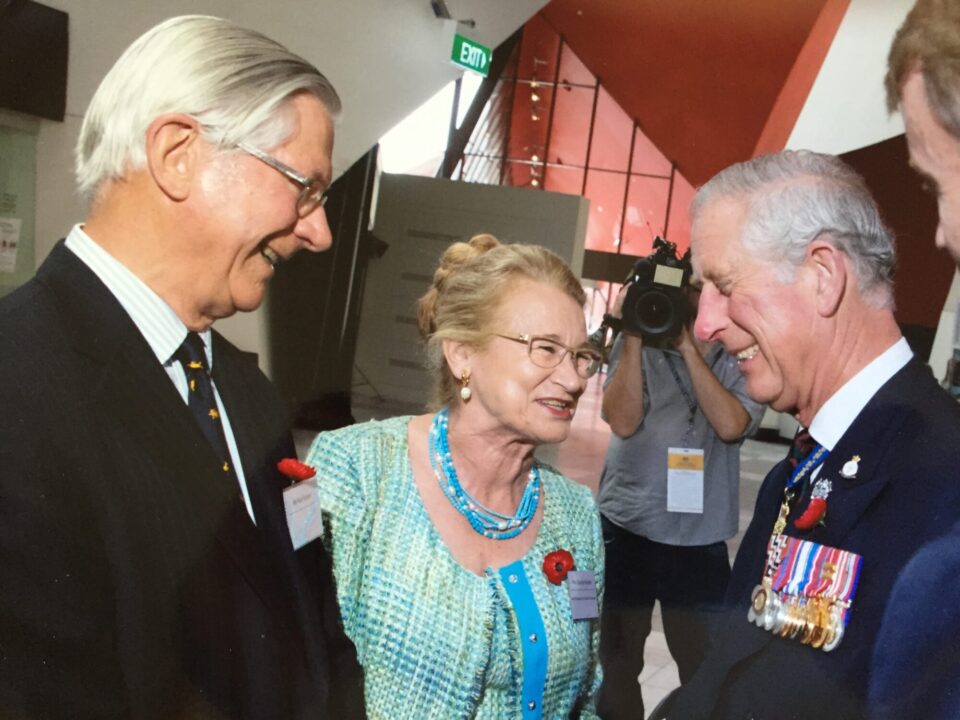
Some of the skills that I learned while at school I never thought would be useful. The ‘darn’ that each girl had to do at exam time developed into my being asked to do mending and create items for the historic houses in Canberra, where I now live. The challenge was to make curtains for Lanyon Homestead, a replica convict shirt, jacket and trousers, and items for Calthorpes’ House.
My great takeaway lesson from Pymble was a ‘can do’ attitude which has lead me into some very interesting areas.
When I came to Canberra after first living in Cootamundra as a grazier’s wife, I knew nothing about the city, nor did I have many contacts. So began my time getting involved with our children’s activities.
I put my hand up often and found myself as President of the Rutherford Crescent Pre School, on the Parents Committee at the local primary school, President of the 15th Canberra Boy Scouts, member of the Parent Committee at the Canberra Girls Grammar School, and Board Chair of Phillip College. I soon learned a lot about the school system and made friends along the way.
As soon as our last child was old enough to go to school I went back in the area where I had worked prior to marriage; in a stock broking firm, part time to fit in with school hours. My next position was a job share managing the Canberra and South-East Region Environment Centre. I held each of these jobs for about five years.
I then I worked in the Federal Parliament for Senators and Members and finally in the Ministry for a total of 11 years.
The range of employment certainly helped me understand the workings of finance, the environmental movement, lobbying and Parliament.
My greatest passion for the last 50 years has been The Children’s Medical Research Institute (CMRI). I was asked if I would help with the Canberra Committee’s luncheon and somehow have been helping ever since. I have chaired the Canberra Committee three times, have served twice as their treasurer and am still part of the group.
In 1996 I was asked to join the CMRI Board and in 2000 was elected Vice-President. I serve on the Institute’s Finance and Investment Committee, Audit and Risk Committee, Nominations and Remunerations Committee and the CMRI Foundation.
You may be more familiar with this organisation through our Jeans for Genes Campaign which was launched in 1994 and established to fund new, groundbreaking genetic research.
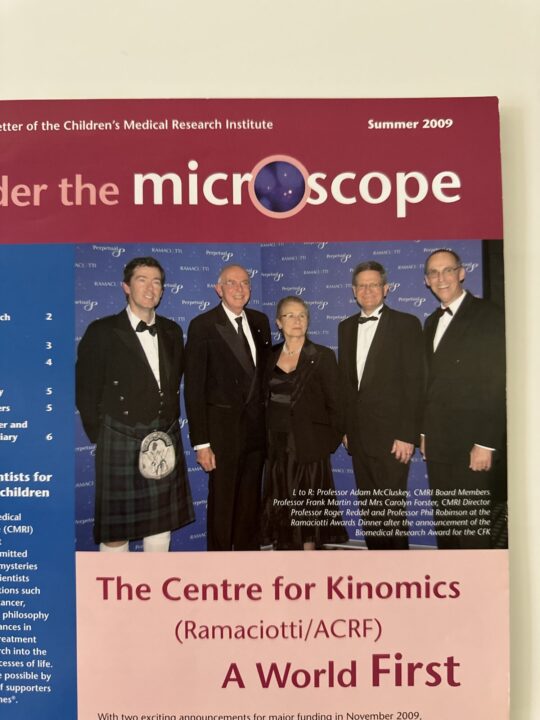
While working at the Canberra and South-East Region Environment Centre I joined the ACT Heritage Week Committee, a year later I became Chair and served in this role for 11 years. This certainly fulfilled my desire to know more about the ACT. Stories from the built to the natural environment were showcased each year.
The Presbyterian Church of St Andrew, Forrest ACT is a beautiful neo-gothic building which celebrates 90 years of service in September. For over 20 years I have been involved with its Conservation and Restoration Foundation for the church and its surrounding buildings. For much of that time I have chaired the Foundation. In the past I have organised ‘Scotland the Brave’ concerts in conjunction with the Duntroon Military Band to help raise funds for the work of the Foundation. The Church has wonderful acoustics so the music, including the bagpipes, was very rousing.
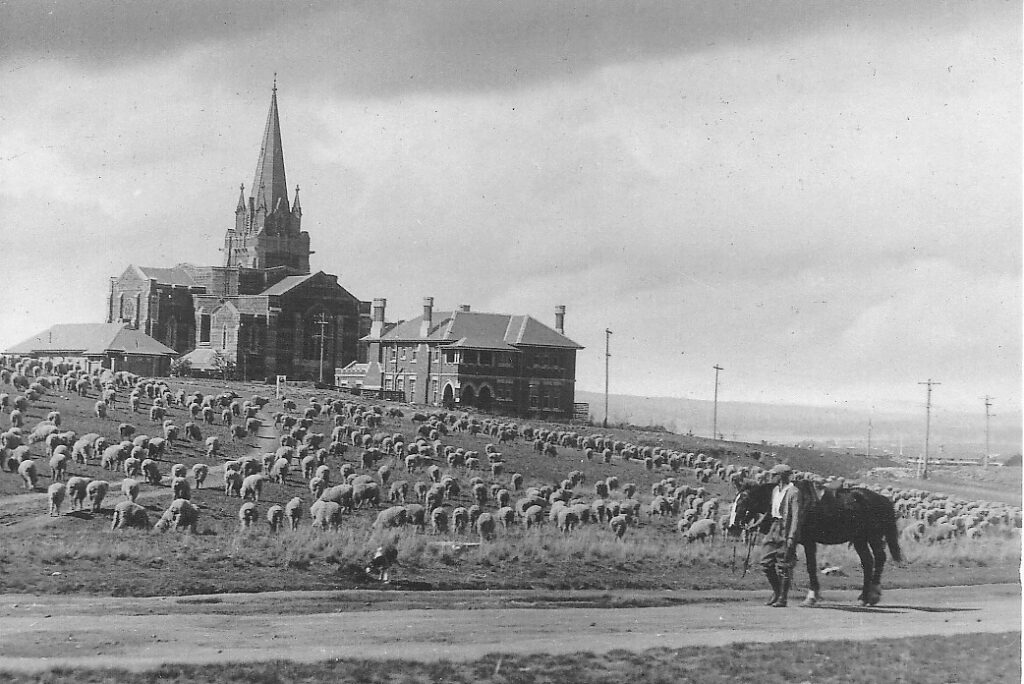
Other areas of interest have been The Australiana Fund, sent up in the 1970s by the then Prime Minister’s wife, Mrs Tamara Fraser. I have been a member for 27 years and served as Canberra Chair and a Council member for six years. I now have the pleasant job of being the Garden Tour Co-ordinator the tours of Government House, Canberra.
Another most rewarding role was as President of the Women’s International Club in Canberra. The membership is made up of both international women and Australians residing in the ACT. I have made many friends through this organisation and am still involved in its activities.
One of the most consuming things that I have been involved in, along with the Children’s Medical Research Institute is the National Museum of Australia Friends’ organisation.
The Friends group first started as a lobby group to ensure that we had a National Museum in Canberra. My interest started early and my membership number is 44.
Before the museum opened, I was asked to join the Friends Management Committee. I very soon found myself as President and served for two terms of five years each.
Through the Friends of the NMA I learned about an Australia-wide organisation called the Australian Federation of Friends of Museums (AFFM). I became President of AFFM and was fascinated to gain an insight into museums and their Friends groups. I found that there was a peak body of Friends, the World Federation of Friends of Museums. I went to my first meeting of WFFM in Buenos Aires, Argentina in 2002. Each year since then I have attended its annual meetings held in various parts of the world. Over this time, I have served as the Australian Delegate and then Vice President Africa, Asia, Pacific. I am now into my final year of six as President of the organisation, after which I will be know as President of Honour.
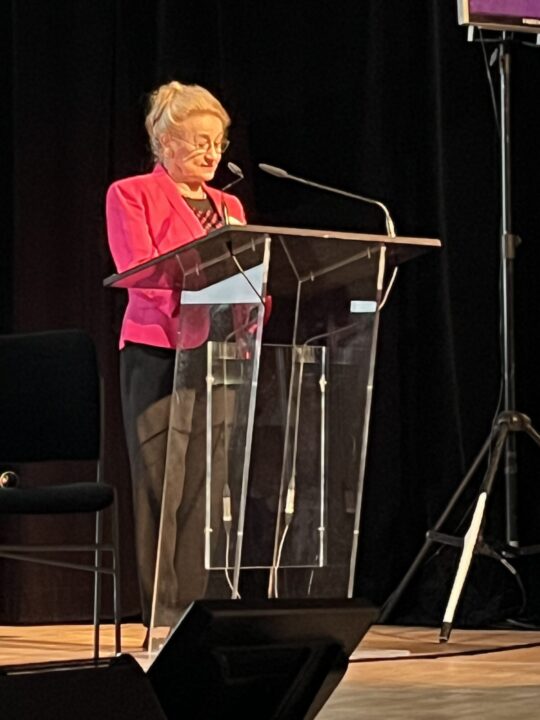
Carolyn is a life member of the Children’s Medical Research Institute and the Friends of the National Museum of Australia and received an ACT Women’s Award in 1996, a Centenary Medal in 2003, and was awarded a Medal of the Order of Australia in 2006.
